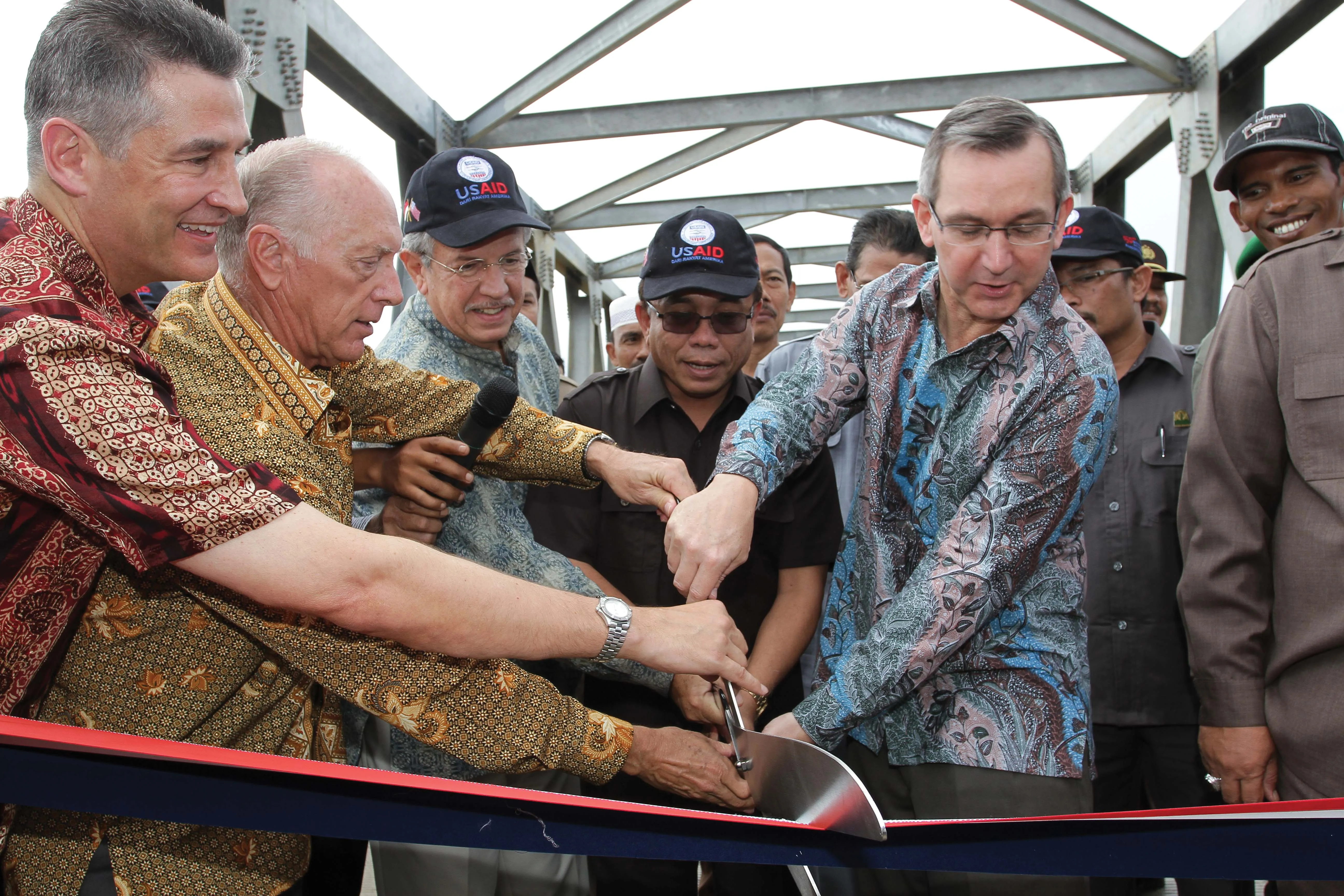Plans for a cross-continent upgraded road were recently boosted when Chile’s senate approved construction of its share of a major US$1.6 billion tunnel in the Andes Mountains.
The Chilean approval comes after the Argentinian government gave the nod in March for construction on its section of the Agua Negra project. A tender for specific design work could be put out by September, according to the Argentinian newspaper Diario de Cuyo.
The approvals resolve a number of bilateral issues including taxation
August 13, 2015
Read time: 3 mins
Plans for a cross-continent upgraded road were recently boosted when Chile’s senate approved construction of its share of a major US$1.6 billion tunnel in the Andes Mountains.
The Chilean approval comes after the Argentinian government gave the nod in March for construction on its section of the Agua Negra project. A tender for specific design work could be put out by September, according to the Argentinian newspaper Diario de Cuyo.
The approvals resolve a number of bilateral issues including taxation, work laws, migration and customs. There are 18 consortia interested in the initiative, according to the newspaper.
A road across the Agua Negra Pass at 4,780m connects the provinces of San Juan in Argentina and the region of Coquimbo, Chile. But the sand and gravel pass is often closed due to poor weather during winter months of May to October.
The project, part of the Bioceanic Central Corridor, would connect the Chilean port of Coquimbo on South America’s Pacific Ocean coast with the Atlantic port of Porto Alegre in Brazil. The tunnel itself would join the Argentine town of Lujan de Cuyo, located in the province of Mendoza, with Los Andes, in Chile’s Valparaiso region,
In April last year, %$Linker:2 Internal <?xml version="1.0" encoding="utf-16"?><dictionary /> 2 17409 0 oLinkExternal World Highways reported Visit www.worldhighways.com website false /categories/road-highway-structures/features/agua-negra-tunnel-between-chile-and-argentina/ false false %> on the latest thinking behind the project.
The pass can be accessed from the Argentine side via National Highway No 150 from the province of La Rioja, which runs for 390km. From the Chilean side, the pass can be accessed by Highway 41 CH which begins in the city of La Serena and is paved up to the customs house.
The highway project consists of two parallel tunnels to carry two traffic lanes. The tunnels, almost 14km long, would have a maximum width of 11m and a maximum incline limited to 4%. Maximum speed would be 100km/h with a maximum cant, or camber, of 2.5%.
The only totally paved road between Chile and Argentina is the Cristo Redentor Pass, also called the Paso Internacional Los Libertadores. It links the cities of Mendoza, in Argentina, to Santiago de Chile and Valparaiso, through the 3.04km International Cristo Redentor Tunnel.
The tunnel, at 3,185m above sea level, was opened in 1980.Two out of every three tonnes of freight that move overland across the southern Andes have to use this route. But the pass is closed for up to 60 days during the winter.
Chile and Argentina are also planning the Aconcagua Bi-Oceanic railway project, a 52km tunnel over the Cristo Redentor Pass. The route would be bi-modal, with train cars having roll-on roll-off truck access for the journey.
The Chilean approval comes after the Argentinian government gave the nod in March for construction on its section of the Agua Negra project. A tender for specific design work could be put out by September, according to the Argentinian newspaper Diario de Cuyo.
The approvals resolve a number of bilateral issues including taxation, work laws, migration and customs. There are 18 consortia interested in the initiative, according to the newspaper.
A road across the Agua Negra Pass at 4,780m connects the provinces of San Juan in Argentina and the region of Coquimbo, Chile. But the sand and gravel pass is often closed due to poor weather during winter months of May to October.
The project, part of the Bioceanic Central Corridor, would connect the Chilean port of Coquimbo on South America’s Pacific Ocean coast with the Atlantic port of Porto Alegre in Brazil. The tunnel itself would join the Argentine town of Lujan de Cuyo, located in the province of Mendoza, with Los Andes, in Chile’s Valparaiso region,
In April last year, %$Linker:
The pass can be accessed from the Argentine side via National Highway No 150 from the province of La Rioja, which runs for 390km. From the Chilean side, the pass can be accessed by Highway 41 CH which begins in the city of La Serena and is paved up to the customs house.
The highway project consists of two parallel tunnels to carry two traffic lanes. The tunnels, almost 14km long, would have a maximum width of 11m and a maximum incline limited to 4%. Maximum speed would be 100km/h with a maximum cant, or camber, of 2.5%.
The only totally paved road between Chile and Argentina is the Cristo Redentor Pass, also called the Paso Internacional Los Libertadores. It links the cities of Mendoza, in Argentina, to Santiago de Chile and Valparaiso, through the 3.04km International Cristo Redentor Tunnel.
The tunnel, at 3,185m above sea level, was opened in 1980.Two out of every three tonnes of freight that move overland across the southern Andes have to use this route. But the pass is closed for up to 60 days during the winter.
Chile and Argentina are also planning the Aconcagua Bi-Oceanic railway project, a 52km tunnel over the Cristo Redentor Pass. The route would be bi-modal, with train cars having roll-on roll-off truck access for the journey.






